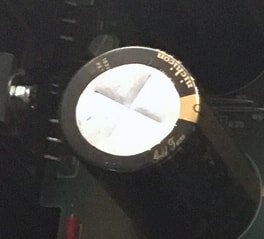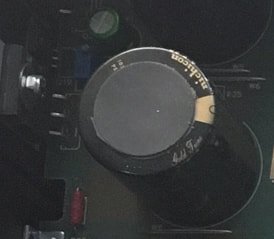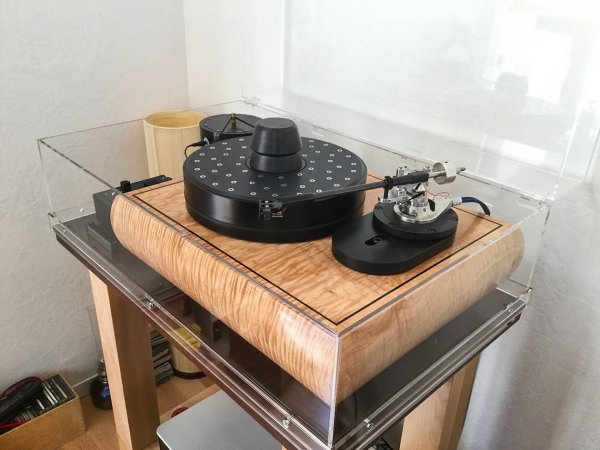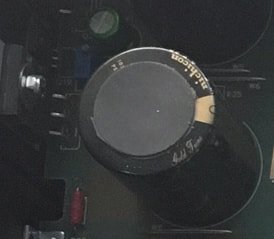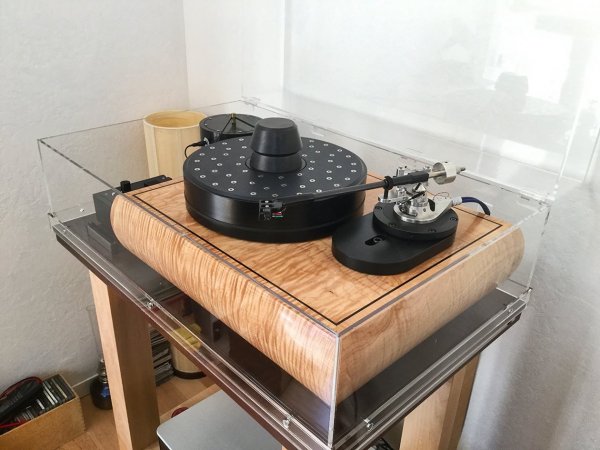Truly a cost effective upgrade if it works for you.
Just to relate my experience with SR Orange along with other's in my group that have tried them over the last few months.
2 of us further struggled with break-in for hundreds of hours. My experience was more energy in the upper registers losing perceived body- more filigreed layering , spatial resolution - but almost etched for over 400 or so hours until they changed again.
I was ready to pull them. This past weekend they transformed after running my entire system for another 140 hrs straight with a break-in CD. They are still "high resolution" but have more benefit than detriment for now.
Most of us prematurely popped fuses based on +10% rating increase. I had similar experience with blues - orange seem more sensitive.
Blues did not seem to need nearly as much time to break in - yet they did pop prematurely at the specified equipment rating for two of us that got in on a group buy for the blues back then.
Just fyi
Just to relate my experience with SR Orange along with other's in my group that have tried them over the last few months.
2 of us further struggled with break-in for hundreds of hours. My experience was more energy in the upper registers losing perceived body- more filigreed layering , spatial resolution - but almost etched for over 400 or so hours until they changed again.
I was ready to pull them. This past weekend they transformed after running my entire system for another 140 hrs straight with a break-in CD. They are still "high resolution" but have more benefit than detriment for now.
Most of us prematurely popped fuses based on +10% rating increase. I had similar experience with blues - orange seem more sensitive.
Blues did not seem to need nearly as much time to break in - yet they did pop prematurely at the specified equipment rating for two of us that got in on a group buy for the blues back then.
Just fyi


